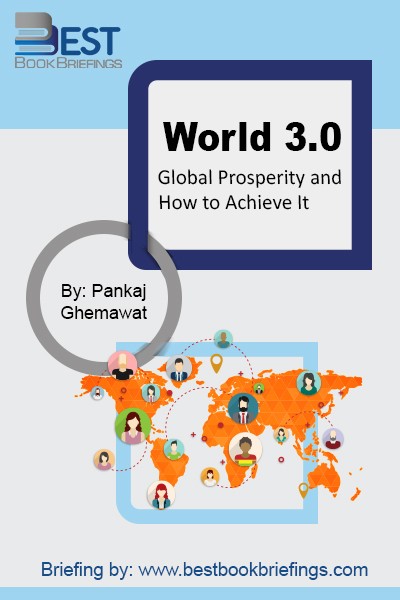World 3.0
Global Prosperity and How to Achieve It
Number of pages: 400
Publisher: Harvard Business Review Press
BBB Library: Technology and Globalization
ISBN: 9781422138649
Editorial Review
The global financial crisis has already inspired over a thousand books, not to mention myriad articles, blogs, and other commentary. Some are simply expressions of anger. Others document the hole we find ourselves in or perform forensics on how we nearly buried ourselves alive. Fewer focus on what is to be done, and many of these either carry on with pre-crisis discussions of particular trends, are tactical, or are preoccupied by the short run. Discussions of the broader issues around the rediscovery of market failures and the implications for the cross-border integration markets are rare and, for the most part, can be related to the three worldviews World 0.0, World 1.0, and World 2.0.
Book Reviews
Books on Related Topics
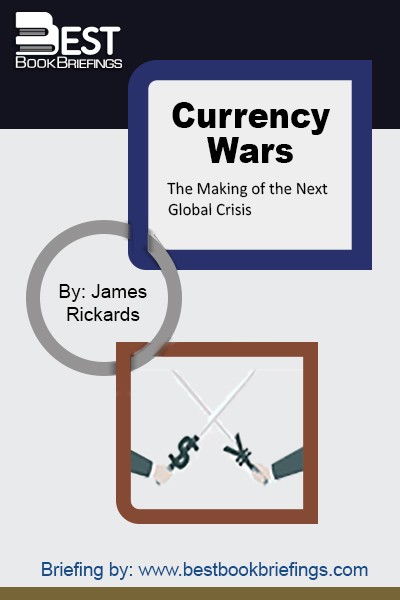
Currency wars are one of the most destructive and feared outcomes in international economics. At best, they offer the sorry spectacle of countries’ stealing growth form their trading partners. At worst, they degenerate into sequential bouts of inflation, recession, retaliation, and sometimes actual violence! Left unchecked, the next currency war would

This is not a book about the decline of America, but rather about the rise of everyone else. So begins Fareed Zakaria's important new work on the era we are now entering. Following on the success of his best-selling The Future of Freedom, Zakaria describes with equal prescience a world in

In the midst of the most serious financial upheaval since the Great Depression, legendary financier George Soros explores the origins of the crisis and its implications for the future. Soros, whose breadth of experience in financial markets is unrivaled, places the current crisis in the context of decades of study of
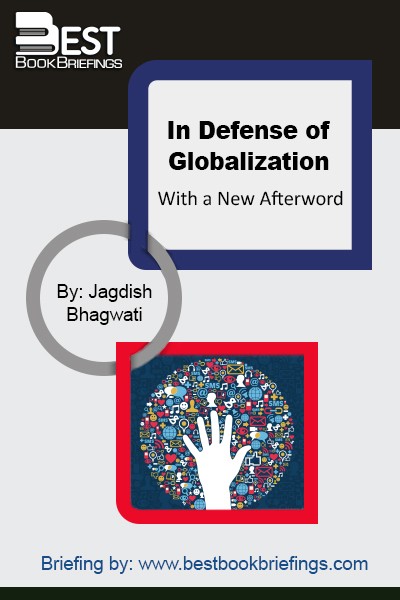
In the passionate debate that currently rages over globalization, critics have been heard blaming it for a host of ills afflicting poorer nations, everything from child labor to environmental degradation and cultural homogenization. Now Jagdish Bhagwati, the internationally renowned economist, takes on the critics, revealing that globalization, when properly governed, is

It’s a familiar scene in organizations today: a new competitive threat or a big opportunity emerges. You quickly create a strategic initiative in response and appoint your best people to make change happen. And it does—but not fast enough. Or effectively enough. Real value gets lost and, ultimately, things drift back

Everyone has a natural instinct to be concerned about the future and virtually everyone at various points and in various ways tries to wrestle with the question, “What will the future bring?” Living in a world of apparently rapid change, we are more concerned than ever with the future. So, let’s
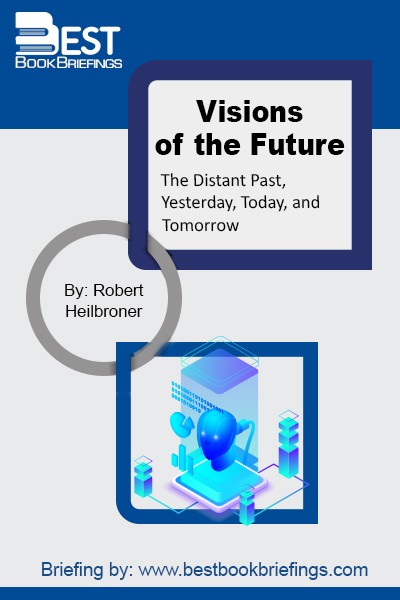
In a brilliant conclusion drawing together the threat of nuclear blackmail, global warming and the growing commodification of life represented by video games, voice mail, and VCRs, Visions of the Future issues a call to face the challenges of the twenty-first century with a new resolve strengthened by the inspiration of
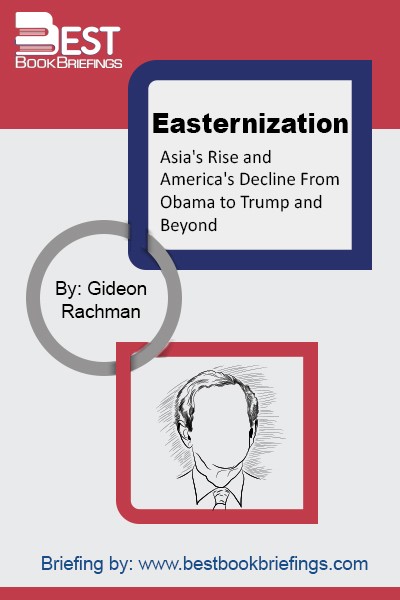
Easternization is the defining trend to our age—the growing wealth of Asian nations is transforming the international balance of power. This shift to the East is shaping the lives of people all over the world, the fate of nations, and the great questions of war and peace. Gideon Rachman offers a

